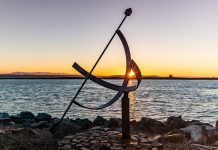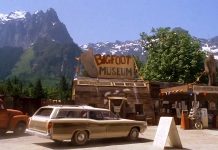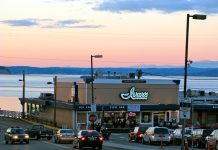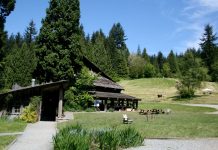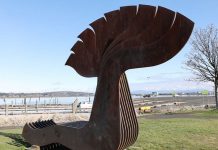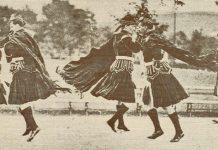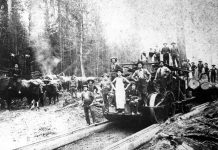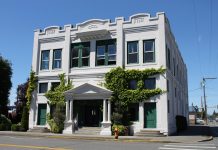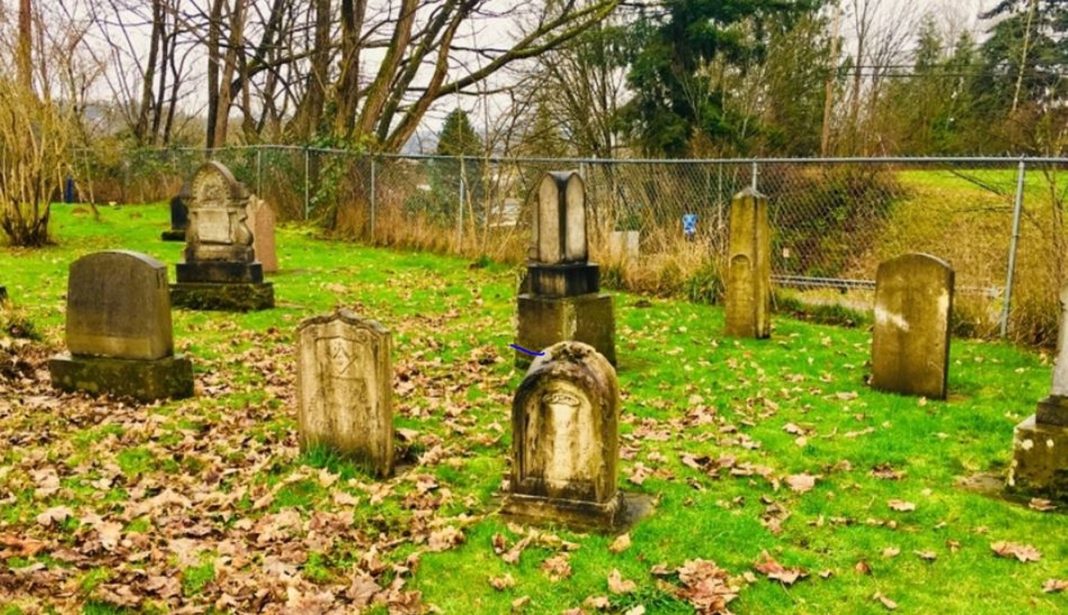Death is an inevitable part of life, a universal truth transcending time and place. And no place on Earth reminds us more of this simple fact than that of the cemeteries that etch this truth into the landscape with various markers, headstones, and graves. Just as it was for those who came before us, such a fate is inescapable, as further proven by some of these markers with dates of death ranging from the early 1900s to the late 1800s and even further back in history.
In our nation’s historic cemeteries, these simple yet profound markers and memorials stand as testaments to lives once lived. And with weathered gravestones and fading epitaphs, historic cemeteries in Snohomish County tell the stories of those who have come and gone in the quiet solitude of these sacred grounds.
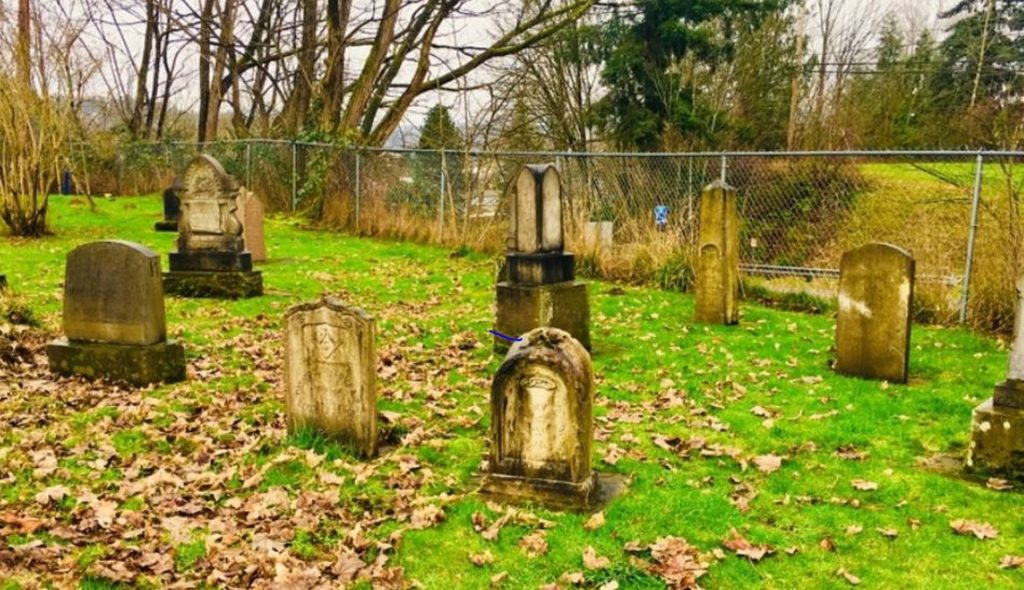
Snohomish Pioneer Cemetery
Second Avenue at Pilchuck River Bridge
Also known as the Pilchuck Cemetery, the Snohomish Pioneer Cemetery was used by settlers as early as 1876, making it the final resting place of some of our county’s earliest pioneers. By 1885, it already had a whopping 1,020 plots, and the last burial in the cemetery wouldn’t be until 1923.
A few decades later, the cemetery began to fall into a state of disrepair due to a lack of upkeep, and the area began to re-wild itself. This marked the start of a long and tumultuous battle to be left in peace for the cemetery as, in 1947, the state carved a road right through the center of this treasured slice of history to gain access from the highway to the small town of Snohomish.
During the intrusion, 111 confirmed burials were relocated to Snohomish’s Grand Army of the Republic Cemetery. Today, what’s left of the cemetery and its resting inhabitants can be found in a forgotten corner behind a business strip mall.
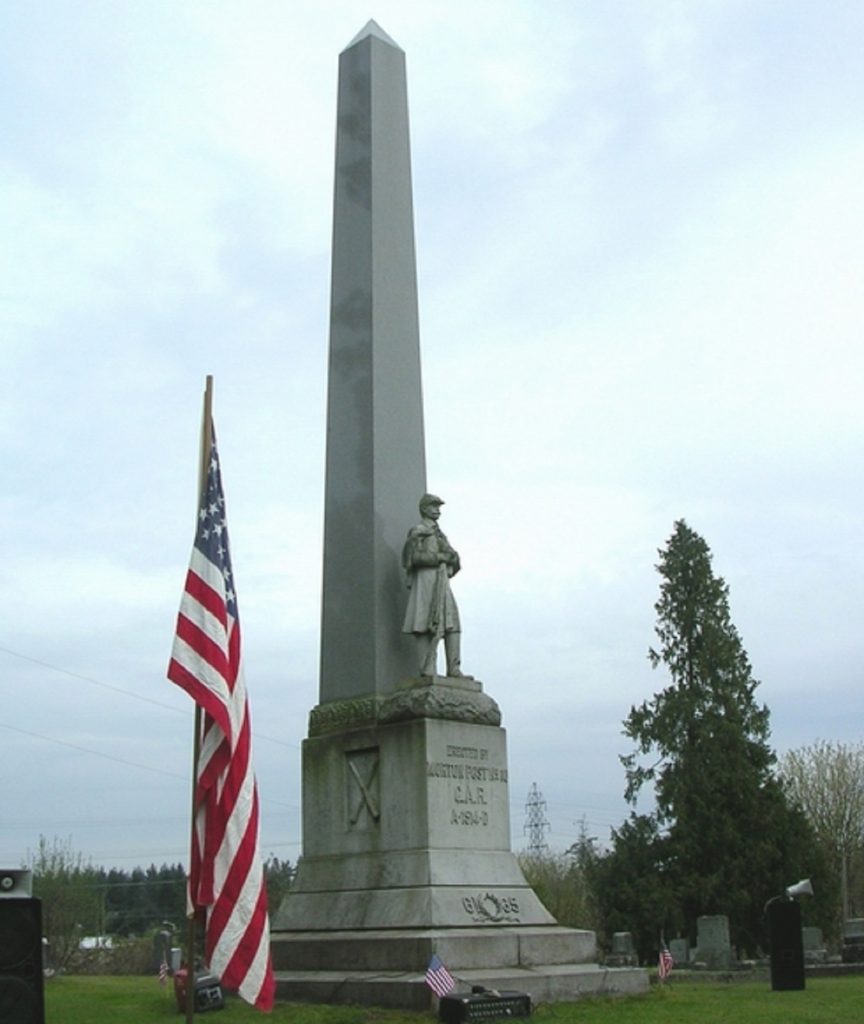
Grand Army of the Republic Cemetery
8601 Riverview Road, Snohomish
Established in 1889 by the Grand Army of the Republic’s Morton Post 10 in Snohomish, the historic G.A.R. Cemetery, as it is more commonly known, is one of two in the Puget Sound area and the only independently active and maintained Civil War G.A.R. cemetery in Washington.
Approximately two hundred Union veterans are buried on the grounds. The G.A.R. monument that highlights the cemetery’s northwest corner was dedicated in 1914. The obelisk-topped edifice features representations of the cavalry, Navy, and artillery surrounding and supporting a southern-facing, full-sized, uniformed and armed infantry sentry, alertly standing guard over his sleeping comrades in arms.
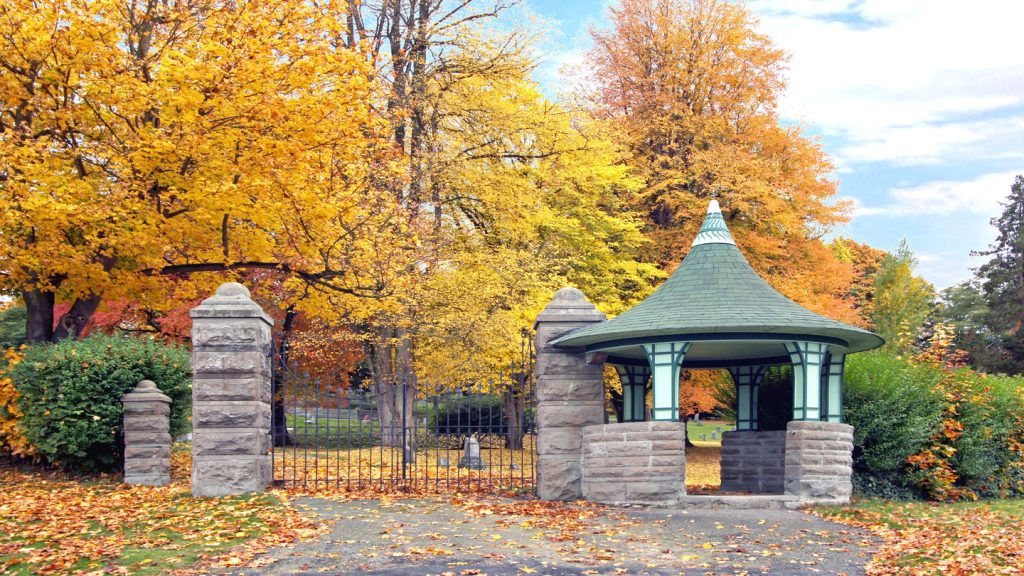
Evergreen Cemetery
4504 Broadway, Everett
Platted in 1898, the 100-acre Evergreen Cemetery has long been regarded as a local heritage resource of substantial value. Not only is it the final resting place of numerous prominent citizens, but it is also a remarkable landscape comprised of century-old plantings and state-champion trees.
Fifty thousand men, women, and children are currently buried on the grounds, including victims of the 1916 Everett Massacre and several of the 1910 Wellington avalanche Disaster victims. In addition, 150 veterans of the American Civil War are also among the buried, as well as four governors (from Washington, Minnesota, and the Dakota Territories), two United States Senators, and the great-great-great grandmother of former President Barack Obama.
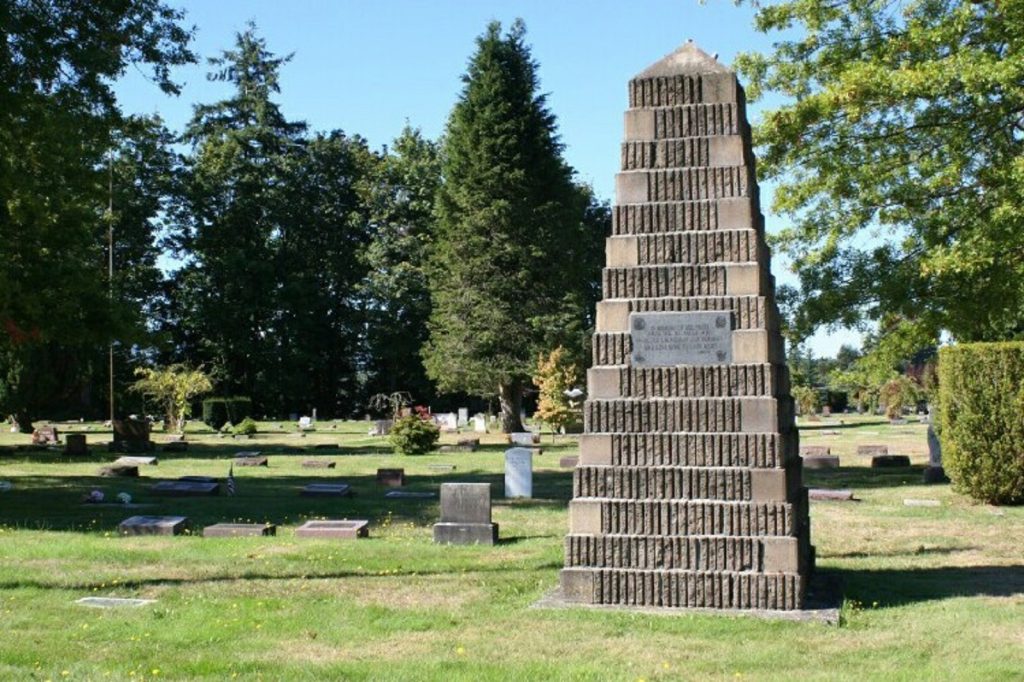
Sultan City Cemetery
32415 Cascade View Drive, Sultan
The Woodsmen of America established the Sultan Cemetery in the late 1800s, making it one of the oldest cemeteries in Snohomish County. Due to its extensive lineage, it is the final resting place of many of the region’s early settlers and pioneers. The Woodsmen maintained its upkeep for 100 years before the city of Sultan took ownership of it in the early 1900s. Today, its tranquil surroundings make it a place for reflection and remembrance while it continues to be a final resting place for many of Sultan’s residents.
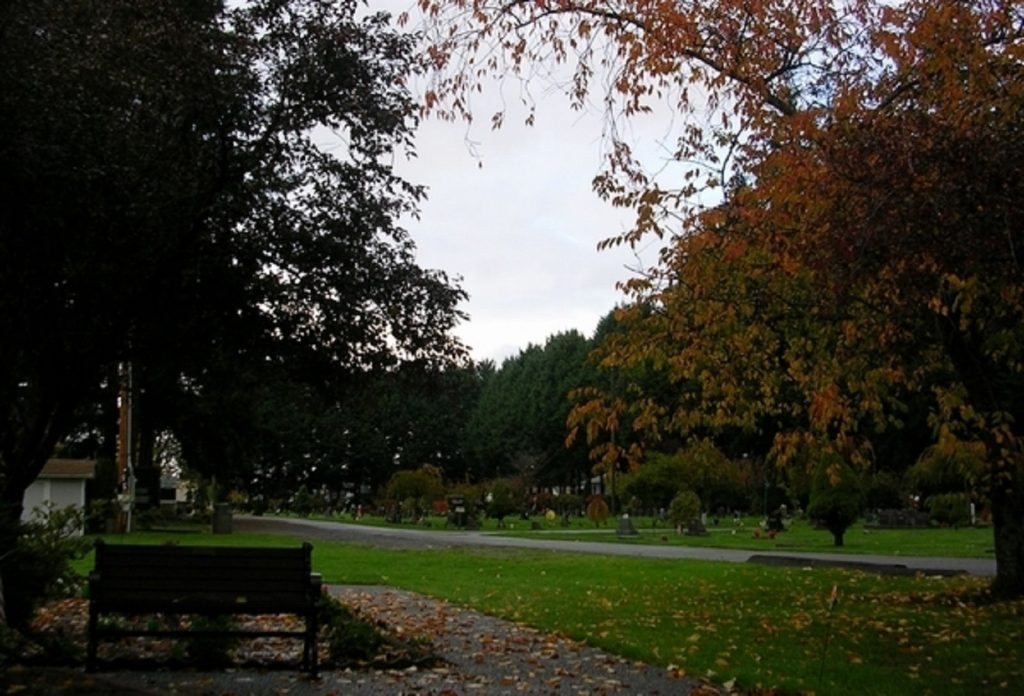
Marysville Cemetery
8801 State Avenue, Marysville
Established in 1932, Marysville Cemetery is surrounded in all directions by mountains, making it a historical graveyard with some of the most stunning views of Mount Baker to the north, the Olympic Mountain Range to the west, the Cascade Mountains to the east, and Mount Rainier to the south.
Records of burials on the grounds include that of Spanish-American War and Civil War veterans going as far back as 1861. Many founders of the city are also laid to rest here. A dedicated historical section marks these plots, and the cemetery has since added expanded areas with beautiful trees and rhododendrons.
In the quiet embrace of these historic cemeteries in Snohomish County, some of our region’s earliest pioneers find their final resting place, their markers acting as echoes of the past, resonating with profound stories of resilience, sacrifice, and the enduring human spirit. Whether you visit as a historian, a curious traveler, or a seeker of ancestral roots, these cemeteries invite visitors to walk among the stories of those who came before us, dive deep into our region’s history, and connect with the past in a way that is both humbling and profoundly moving as we bear witness to the inevitability of death, and the celebration of life that comes with it.


